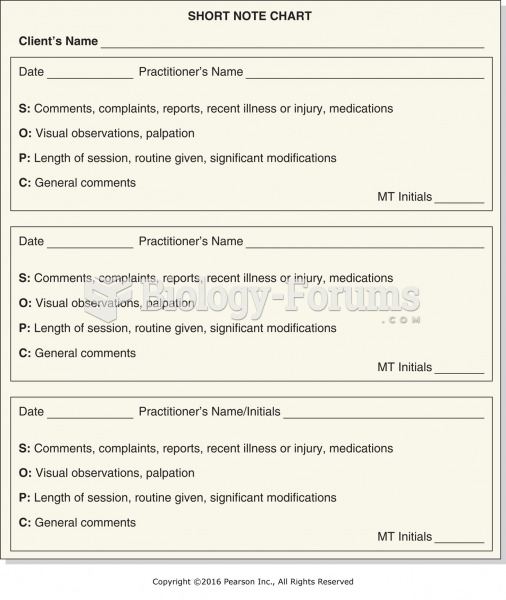Answer to Question 1
Retailers usually divide goals and objectives into two dimensions: (1) market performance, which compares a firm's actions to its competitor's; and (2) financial performance, which analyzes the firm's ability to provide a profit level adequate to continue in business. In addition to the market performance and financial performance objectives, some retailers may also establish (3) societal objectives, which are phrased in terms of helping society fulfill some of its needs; and (4) personal objectives, which relate to helping people employed in retailing to fulfill some of their needs.
Market Performance Objectives: Market performance objectives establish the amount of dominance the retailer seeks in the marketplace. The most popular measures of market performance are sales volume and market share. Profitability is clearly and positively related to market share. Market performance objectives are pursued because they are a key profit path.
Financial Objectives: Retailers can establish many financial objectives, but they can all be fit into categories of profitability and productivity.
Profitability Objectives: Profit-based objectives deal directly with the monetary return a retailer desires from its business. The most common way to define profit is the aggregate total of net profit after taxes. Another retail method of expressing profit is as a percentage of net sales. However, most retail owners feel the best way to define profit is in terms of return on investment (ROI). The strategic profit model (SPM) is a tool used to assess a firm's profitability. It contains five elements that include net profit margin, asset turnover, return on assets (ROA), financial leverage, and return on net worth (RONW). Another measure of profitability is the gross margin percentage, which is gross margin divided by net sales.
Productivity Objectives: Productivity objectives state how much output the retailer desires for each unit of resource input. The major resources at the retailer's disposal are space, labor, and merchandise. Productivity objectives are vehicles by which a retailer can program its business for high-profit results. In short, productivity is a key determinant of profit in retailing.
Societal Objectives: Societal objectives highlight the retailer's concern with broader issues in society. The five most frequently cited societal objectives are employment objectives, payment of taxes, consumer choice, equity, and being a benefactor.
Personal Objectives: Personal objectives can relate to the personal goals of any of the employees, managers, or owners of the retail establishment. Generally, retailers tend to pursue three types of personal objectives: self-gratification, status and respect, and power and authority.
The retailer has to consider his/her objective(s) while deciding upon the retail strategy involving the retail mix, promotion, location, and so on.
Answer to Question 2
A







